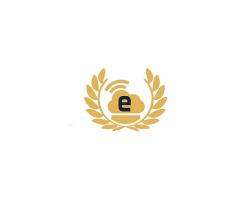No visually impaired children undiagnosed in the world
TrackAI emerges as a collaboration between DIVE-Medical and Huawei to aid in the diagnosis of visual pathologies leveraging artificial intelligence.

Detecting pathologies
Incorporating AI to DIVE, we can not only measure the visual function, but also estimate the probability of the patient having a certain pathology.
A world-wide collaboration
Ophthalmologists from 5 different countries across 3 continents collect data from thousands of children.
Analyzing gaze patterns
We find gaze patterns in the way children look at visual stimuli, and relate them to visual development and to certain specific disorders.
Portable and non-invasive
The result is a non-invasive, portable technology that enables fast and reliable detection of visual impairments.
Our goal
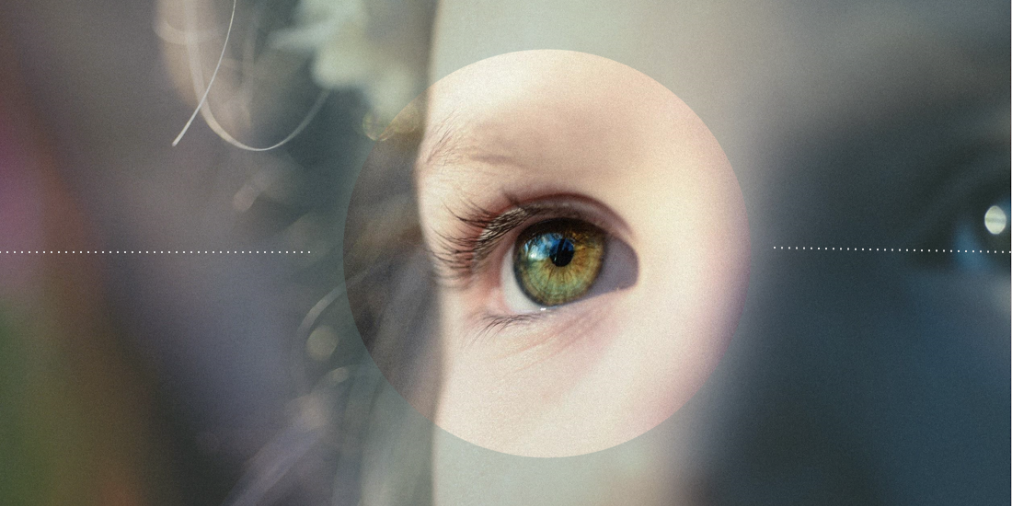
Facts
According to World Health Organization estimates, there are around 19 million children in the world suffering from visual impairment. With timely intervention, 70–80% of them can have their problems prevented or treated. In this context, the timing of diagnosis and treatment becomes the key to deciding these children's futures. Currently, the proportion of children suffering from an eye disease who receive early treatment makes up just one third of the total.
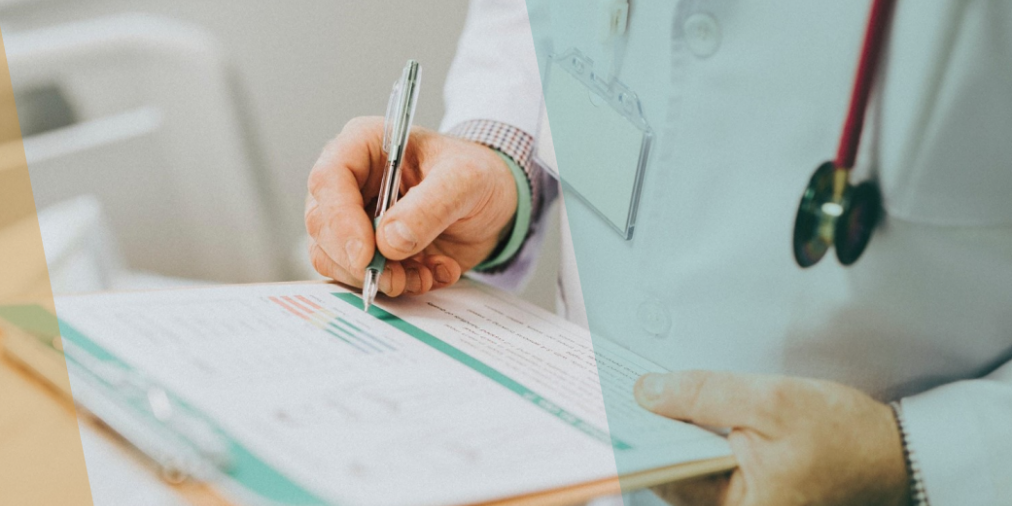
Current situation
Currently, ophthalmologists use basic analogue examination mechanisms that were created decades ago. The doctor sits in front of the child and shows him different stimuli, while observing the child’s reaction in order to estimate how his vision function is working. This examination procedure requires highly experienced ophthalmologists, and even in that case, provides subjective results with low precision and low repeatability.
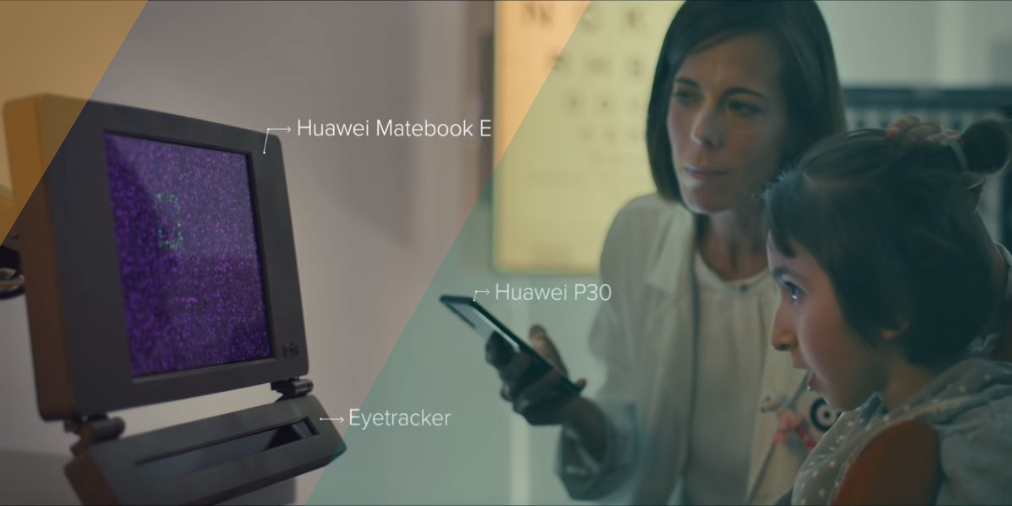
DIVE
We have developed a new medical device called DIVE (Device for an Integral Visual Examination), which provides an automatic, fast, and accurate exploration of the visual function, even for non-verbal patients, such as small children and babies. DIVE uses a high-resolution screen to display different stimuli, thus removing the element of human interference and outputting more precise visual stimulation. In addition, DIVE tracks eye movements, automatically examining children's eyes with greater accuracy than a doctor's visual observation.

Huawei
Analysing gaze data is a challenging problem. Starting from the DIVE platform and its gaze analysis software, we are now developing a new artificial intelligence module, thanks to Huawei’s HiAI platform. In this project, we are incorporating a Huawei P30 smartphone to our DIVE device. The P30 and DIVE will be connected via bluetooth, and the doctor will use the P30 to manage gaze data collection. Collected data will then be used to run an artificial intelligence algorithm in real time in order to estimate the probability of the patient having a certain pathology.

Artificial intelligence
As AI is constantly learning and optimizing, the growth of its database will make machine learning increasingly accurate, to the extent that it will be able to account for different races and cultural environments. At present, four medical institutions in Spain, Vietnam, Mexico, and China have started the gaze data collection phase required to train the AI algorithm.

Value
Track AI is not a replacement for professional medical diagnosis, but rather it aims at developing a device for screening and doctor assistance. It will help non-professionals to catch children’s visual problems early so that they can be forwarded to an ophthalmologist, and enable practitioners to make a more timely diagnosis and better decisions about treatment. Also, the high portability of Track AI system increases the range of usage scenarios, benefiting more children, particularly in developing countries.
Technology validated with more than 4,000 patients in 5 countries
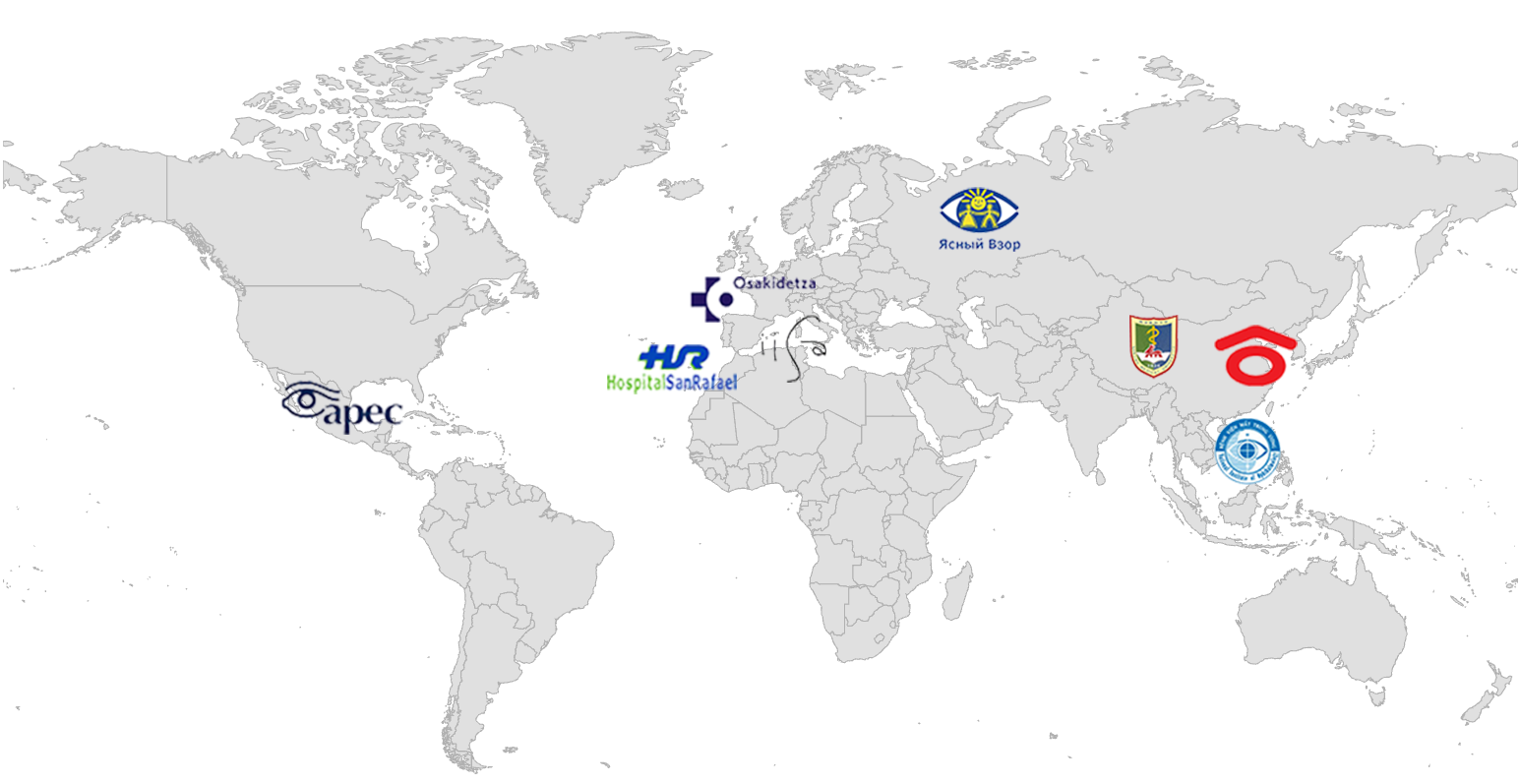
Special thanks to the following research centres


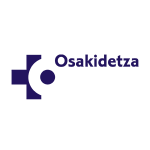




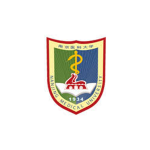
Proud to be supported by

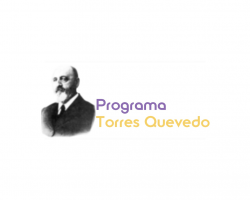
















Awards




